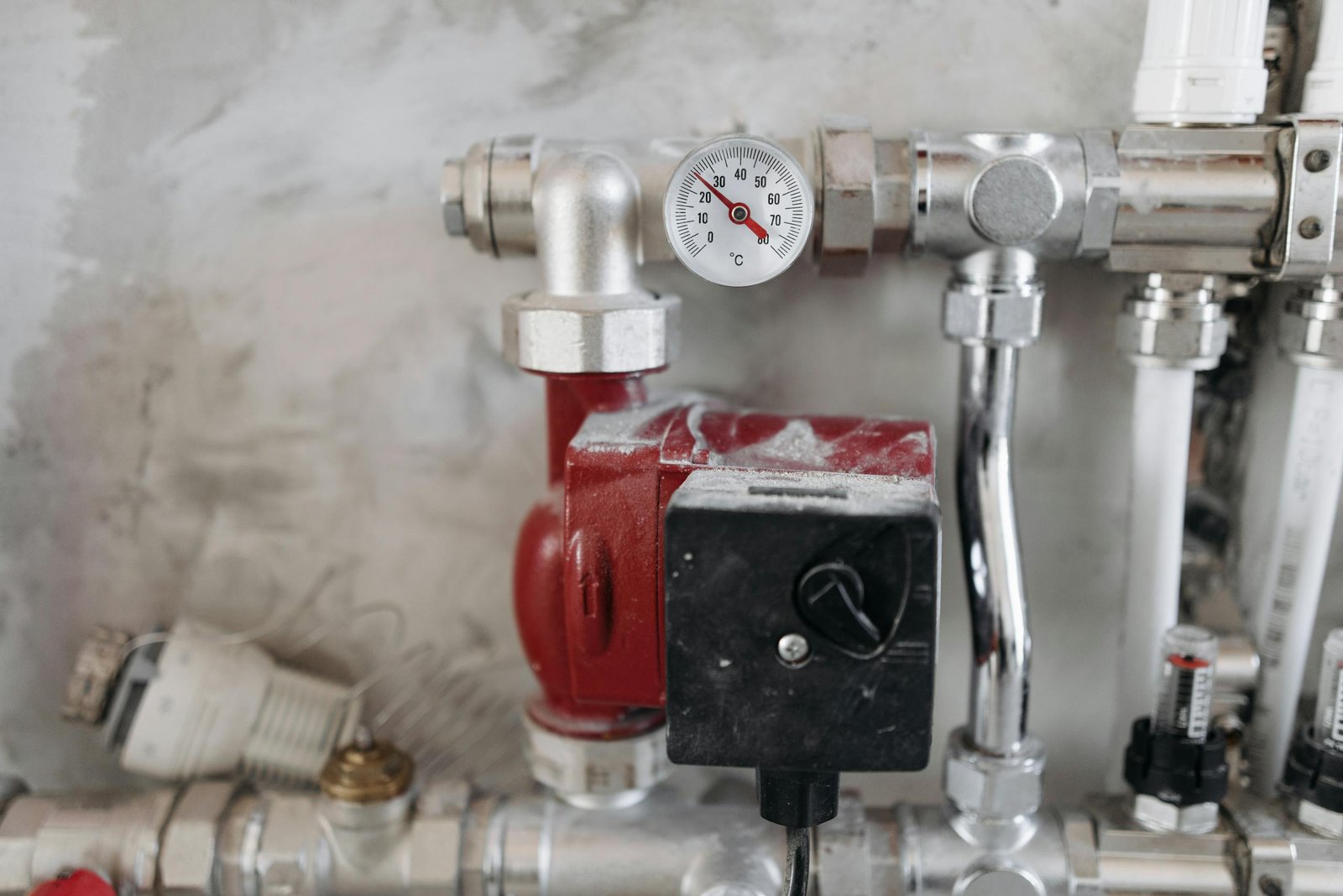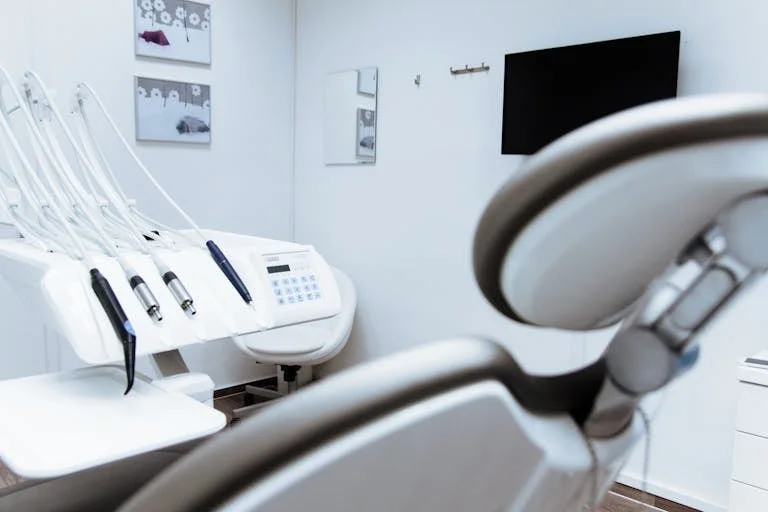Title: Breathing Buildings: How Smart HVAC Systems Mimic Nature Indoors
Gone are the days of clunky thermostats and one-size-fits-all heating systems. Today’s buildings are becoming more alive, responsive, intuitive, and tuned to the people inside them. At the center of this transformation is HVAC home automation, a smart solution that’s quietly reshaping how we experience indoor comfort.
But this isn’t just about pushing buttons remotely. It’s about something deeper—creating environments that breathe, adapt, and flow like nature itself. From regulating air quality to mimicking outdoor temperature cycles, automated HVAC systems are evolving into intelligent climate companions.
Nature as Blueprint: Biomimicry in Indoor Climate Control
Mimicking Natural Rhythms
In nature, temperature and airflow fluctuate based on time of day, season, and location. Automated HVAC systems now strive to replicate those patterns. Morning might bring a gentle temperature rise; evening, a cool-down, just like the outdoors.
Humidity in Balance
A forest maintains ideal humidity naturally. Too dry, and it feels harsh; too wet, and it breeds mold. HVAC automation can now modulate indoor humidity levels automatically, adapting to both external conditions and human activity.
Airflow Like a Breeze
Smart vents and fans simulate natural ventilation. Instead of mechanical blasts, you get quiet, directed airflow—more like a soft breeze through a window than an industrial gust.
The Comfort Algorithm: Personalization Through Learning
Tailored to Your Preferences
Modern HVAC systems come equipped with machine learning capabilities. They observe your temperature choices, sleeping patterns, and room usage, gradually building a climate schedule that suits your lifestyle.
- Prefer a cooler bedroom at night? The system adjusts.
- Spend weekends in your home office? The system knows how to prioritize that zone.
Zone-Based Adjustments
Unlike older systems that heat or cool the entire home equally, HVAC home automation offers zone-specific control. Every room becomes its microclimate, offering precision and saving energy.
Beyond Thermostats: Integrating Wellness Into Smart Climate
Cleaner Air, Healthier Homes
Air quality isn’t just about temperature—it’s about what you’re breathing. Advanced HVAC automation can include:
- Air purifiers that kick in during high-pollen days
- CO₂ and VOC monitors that signal when ventilation is needed
- HEPA-grade filters that activate based on pollution levels
Circadian Lighting and Climate Sync
Some systems now sync temperature with lighting to support natural circadian rhythms. For example:
- Warmer light and higher temps in the morning
- Cooler light and lower temps in the evening
Sustainability Meets Smart Living
Reducing Energy Footprints
A big selling point of HVAC home automation is energy efficiency. Smart systems only work when needed, and only in the spaces that require attention. This reduces:
- Unnecessary heating or cooling
- Wear and tear on equipment
- Monthly utility bills
Integration with Renewable Energy
Many smart HVAC systems now link to solar panels or wind generators. During peak sun hours, the system might switch to solar-powered cooling. When energy use is high, it can reduce activity without affecting comfort.
The Rise of Predictive Maintenance
Your HVAC Can Now Call for Help
Through real-time monitoring, smart systems can detect issues before they become breakdowns. For example:
- Alert you to a clogged filter
- Notify you of an unusual noise or vibration
- Predict component failure based on data trends
Hands-Free Comfort: Voice and App Control
Smart Assistants and Home Hubs
You can now control your indoor climate with your voice:
- “Alexa, make the living room 72 degrees.”
- “Google, turn off the AC in the guest bedroom.”
This integration boosts accessibility and convenience, especially for seniors or people with mobility issues.
Remote Adjustments from Anywhere
Going on vacation? Just open your app and:
- Set your HVAC to “away mode.”
- Get alerts about freezing pipes or overheating
- Return to a perfectly pre-cooled or pre-warmed home
The Smart Home Ecosystem: HVAC as a Core Player
Communication with Other Devices
HVAC automation doesn’t live in a vacuum. It interacts with:
- Smart blinds that close to block heat
- Occupancy sensors that trigger climate shifts
- Security systems that respond to open windows or doors
Adapting to Local Climates and Cultures
Customization Across Regions
Whether it’s the humid summers of Houston or the dry winters of Denver, smart HVAC systems adjust to local patterns. Some are even trained on regional weather data to make better predictions and optimize performance.
Cultural Comfort Preferences
Global systems now offer cultural presets, recognizing that thermal comfort varies worldwide. What feels “room temperature” in Sweden might feel chilly in Dubai. The technology adapts to your expectations, not the other way around.
The Cost Question: Investment vs. Long-Term Gain
Initial Installation Costs
Yes, smart HVAC systems cost more upfront than traditional units. The expense comes from advanced components, connectivity, and smart integrations.
But Consider the Return
- Lower monthly bills
- Longer equipment lifespan
- Increased property value
- Enhanced comfort and health
Many users report a full ROI within 3–5 years.
Conclusion: Breathing Spaces, Thinking Systems
HVAC home automation is more than convenience—it’s a philosophy. One that mirrors nature, prioritizes wellness, and promotes sustainability. As we move forward, our homes won’t just house us—they’ll adapt to us, learn from us, and even care for us.
Frequently Asked Questions
1. What makes an HVAC system “automated”?
An automated HVAC system uses sensors, smart thermostats, and internet connectivity to control heating, cooling, and ventilation. It adjusts settings based on real-time data without requiring manual input.
2. Is HVAC home automation energy-efficient?
Yes. Automated systems reduce energy waste by operating only when and where needed. This leads to lower utility bills and a smaller environmental footprint.
3. Can I retrofit my current HVAC system with smart features?
In many cases, yes. Smart thermostats, sensors, and controllers can be added to existing systems, although full automation may require additional upgrades.
4. Does HVAC automation improve indoor air quality?
Absolutely. Many systems now include air quality monitors, purifiers, and filters that adapt automatically to pollutant levels, ensuring cleaner and healthier indoor air.







